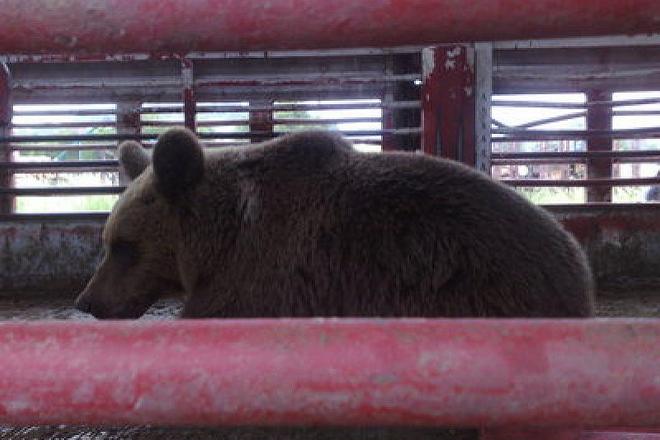THE SLOVAK Environment Ministry has put up warning signs in Slovak forests where brown bears (Ursus arctos) are known to roam. The ministry informed the ČTK newswire that these measures are aimed at preventing clashes between bears and humans. Environmentalists have welcomed the initiative. British wildlife expert Robin Rigg said that protectionists have long advocated the need for such steps.
There are an estimated 700 to 900 brown bears living in Slovakia. Each year, bear attacks on people are recorded but, unlike in Romania and Croatia, no deaths have been reported in recent years in Slovakia. Slavomír Finďo of the National Forestry Centre told ČTK that, usually, a bear will only push, slap or at most nip a person as a warning. There have also been attacks on sheep and beehives. The signs are especially important in the High Tatras, the Malá Fatra, and other areas where there are a lot of tourists and bears, Finďo added. Bears from mountain regions are often drawn to litterbins as they rummage through the garbage for food. Special bins to discourage this behaviour are available and the ministry has set aside €70,000 to make such devices available. Those interested can apply to the Environment Ministry.
Experts say that bears are most commonly driven to human settlements by hunger or being threatened. Recently there have been several incidents where bears came into close proximity with people, one of which resulted in the death of a pregnant female bear, which was shot after exhibiting aggressive behaviour. Experts later criticised this action saying the animal had been provoked. ‘Regulated killings’ of bears are considered only as a last resort where the lives of humans could be in danger.
The Environment Ministry is continuing to study the habits of bears and one method is marking them with telemetric collars. In May, a female bear called Galina became the fourth animal to wear such a collar in the TANAP natural reserve in the Tatras, the SITA newswire wrote. Galina, 7 years old and weighing 110 kilograms, was caught in a trap near Smokovec. Pavol Majko, head of the TANAP administration, told SITA that Zita, a female and Vladimír, a male, got collars last year. Another bear, Mišo, was given a collar in 2008 but later the collar came loose after Mišo lost weight during hibernation and it slipped off.
Majko said that some time this year a webpage showing the movements of the monitored bears will be established. The collars are expected to last until the batteries run down, which would normally be in about three to four years. To collect relevant data, the environmentalists need to place collars on at least five bears.
The TANAP Administration (Správa TANAPu), State Forests TANAP (Štátne lesy TANAP) and Projekt Medveď (Bear Project) are cooperating in the project.



 A brown bear on a return trip to the forest, distant from human dwellings. (source: TASR)
A brown bear on a return trip to the forest, distant from human dwellings. (source: TASR)